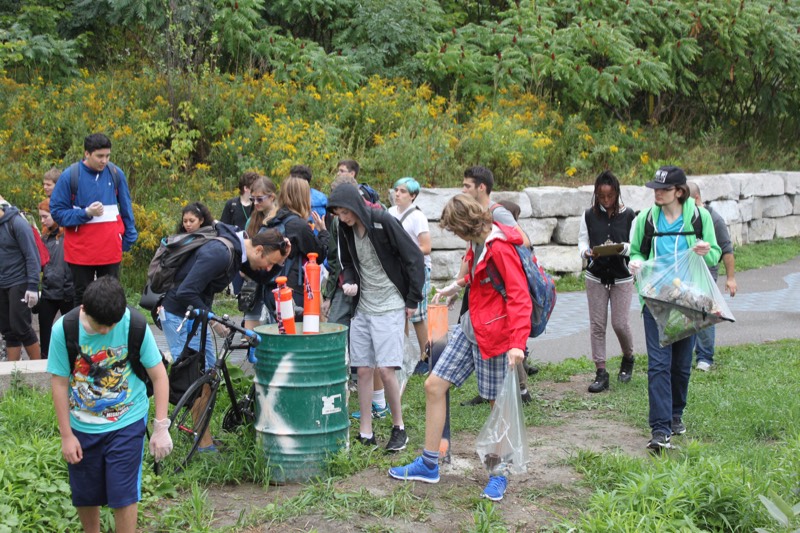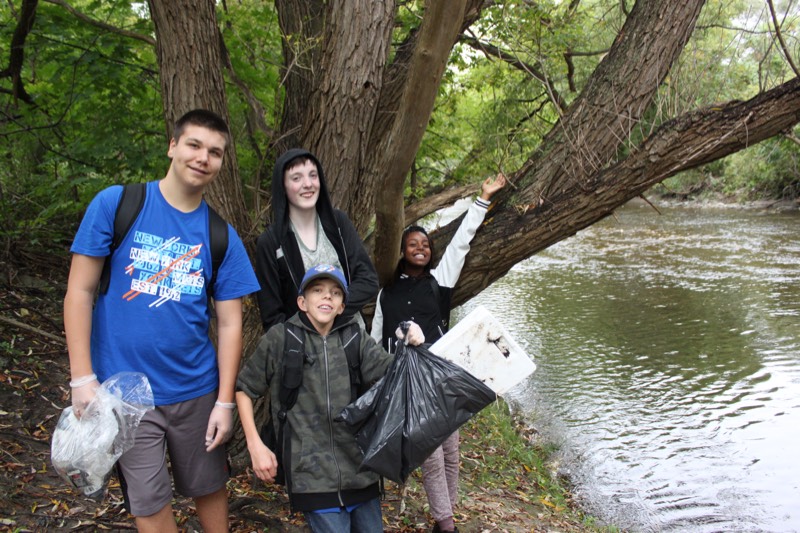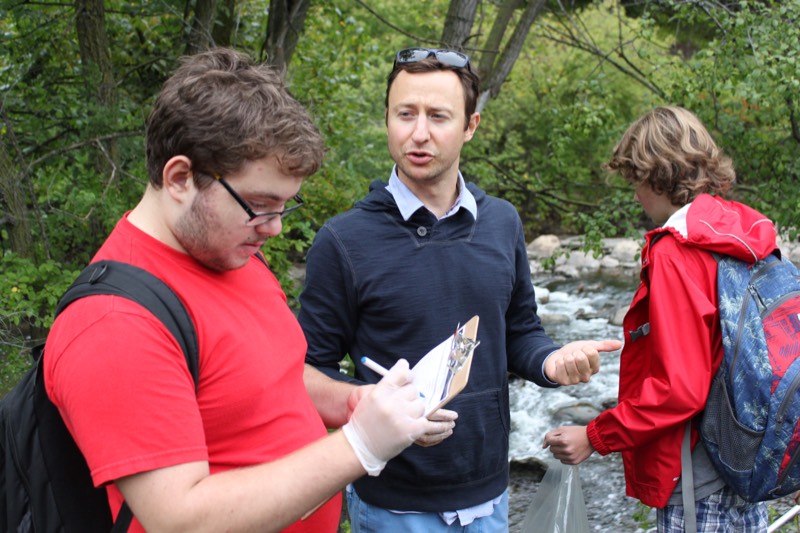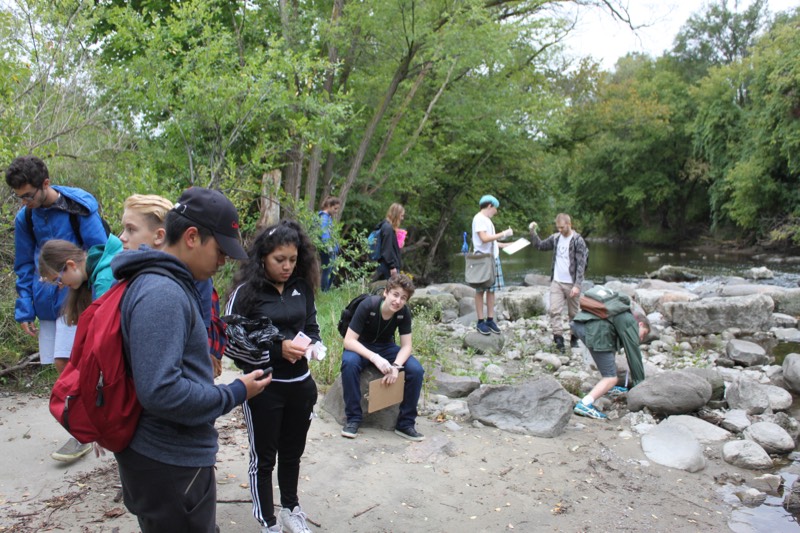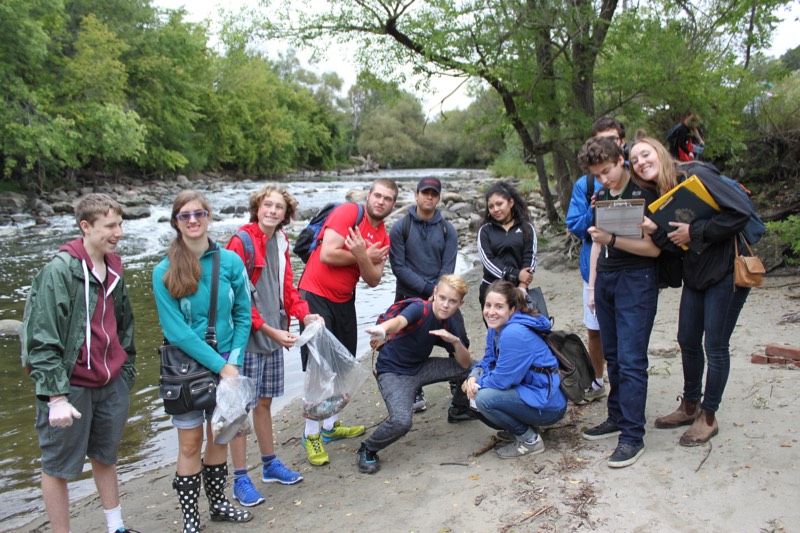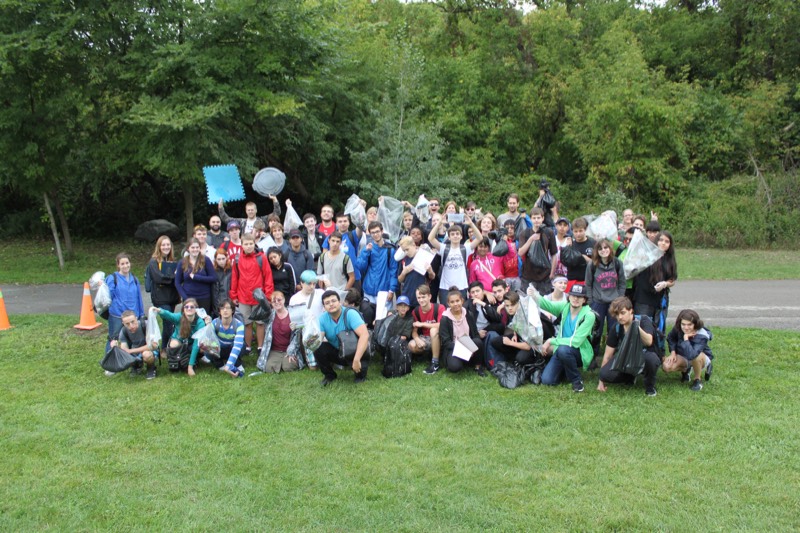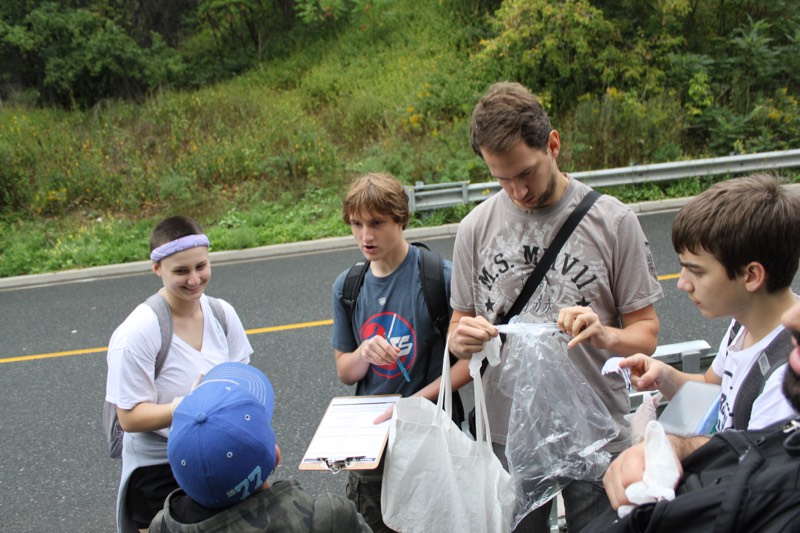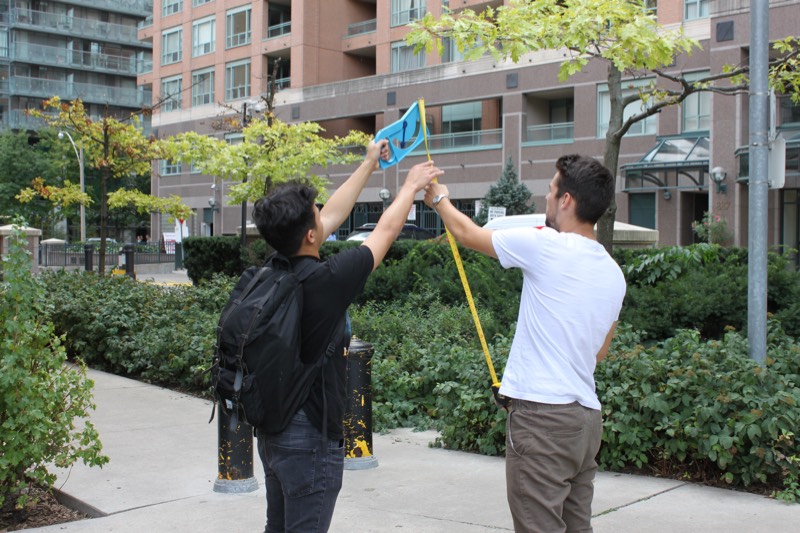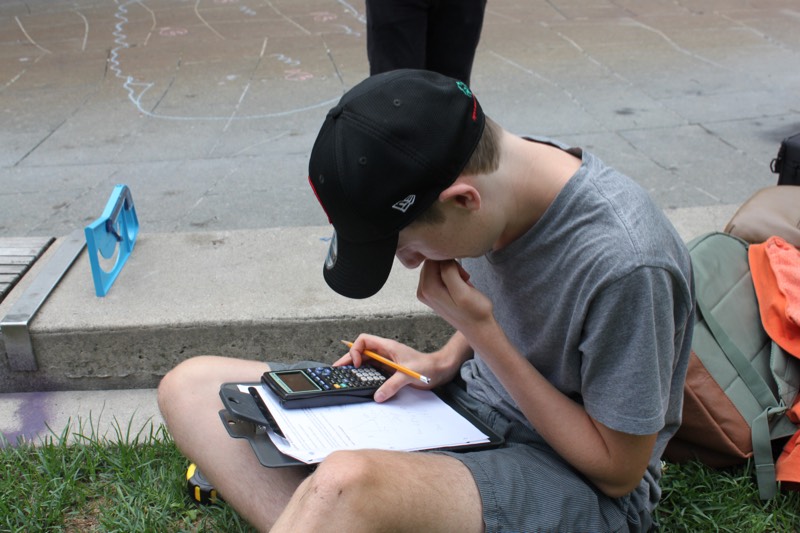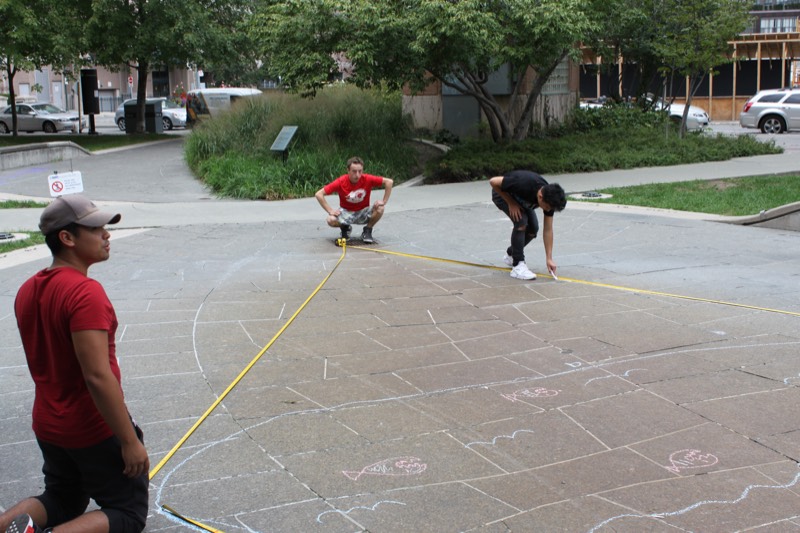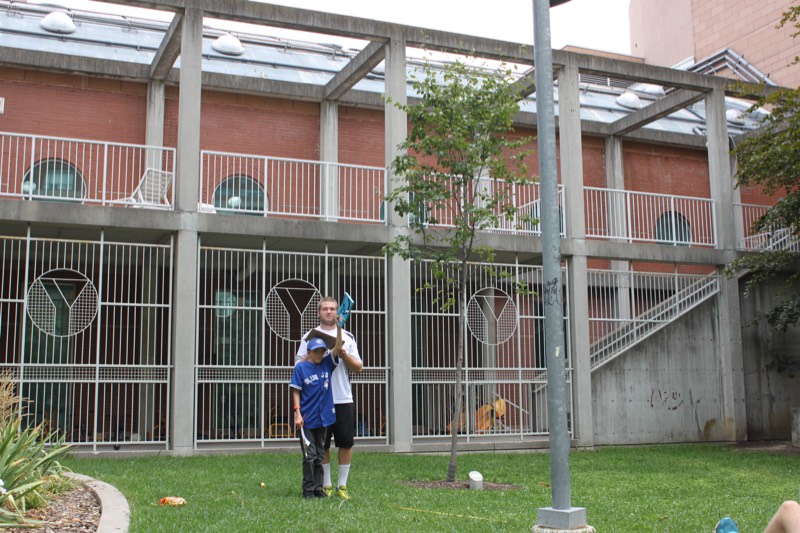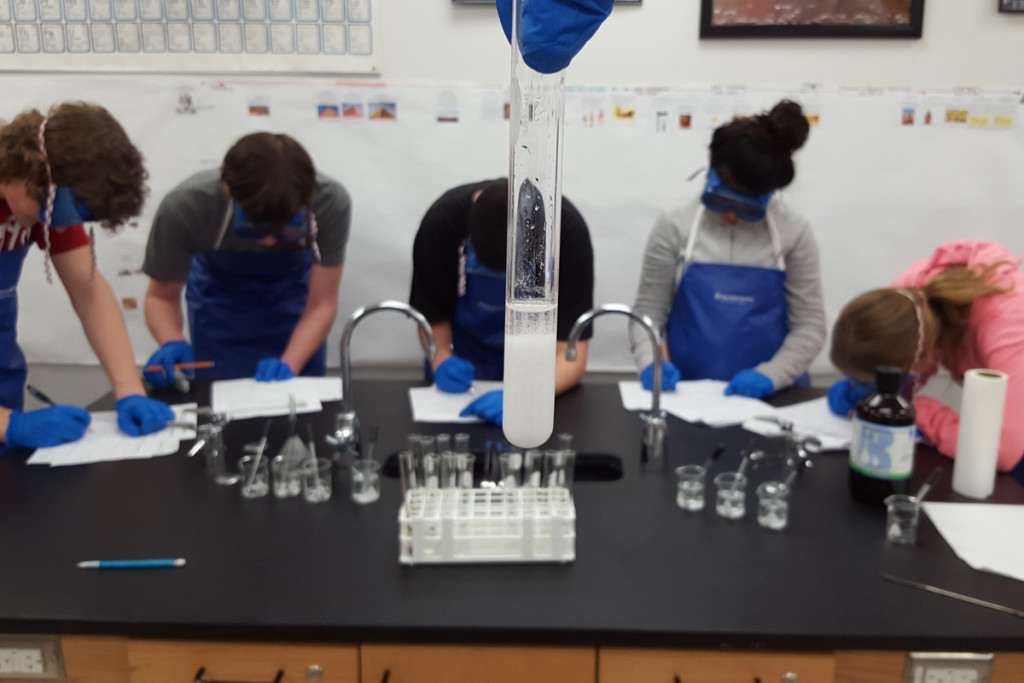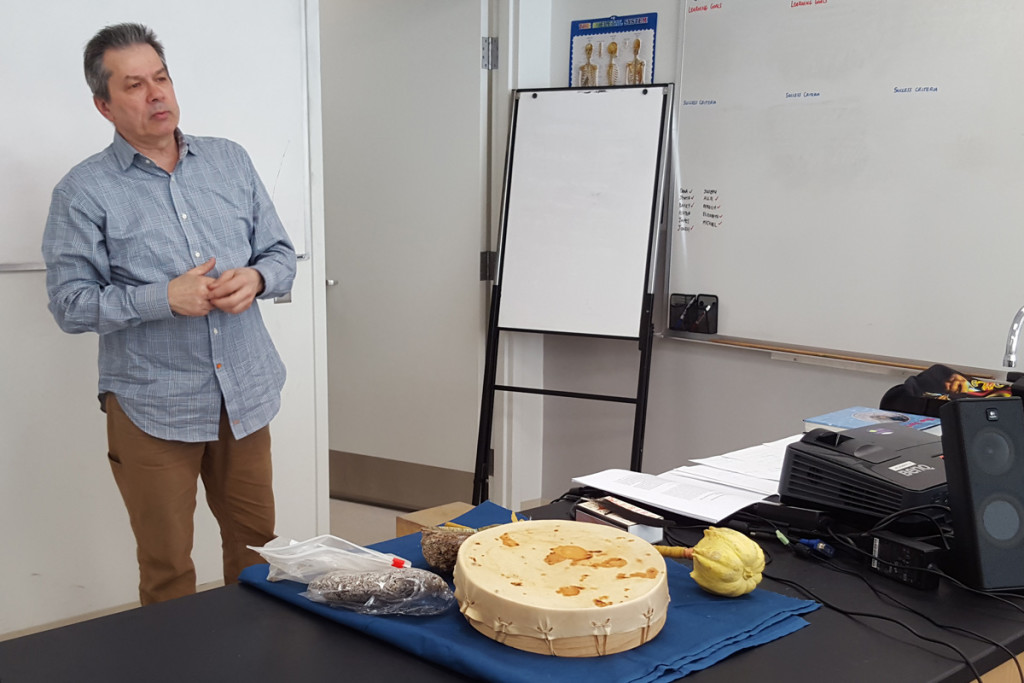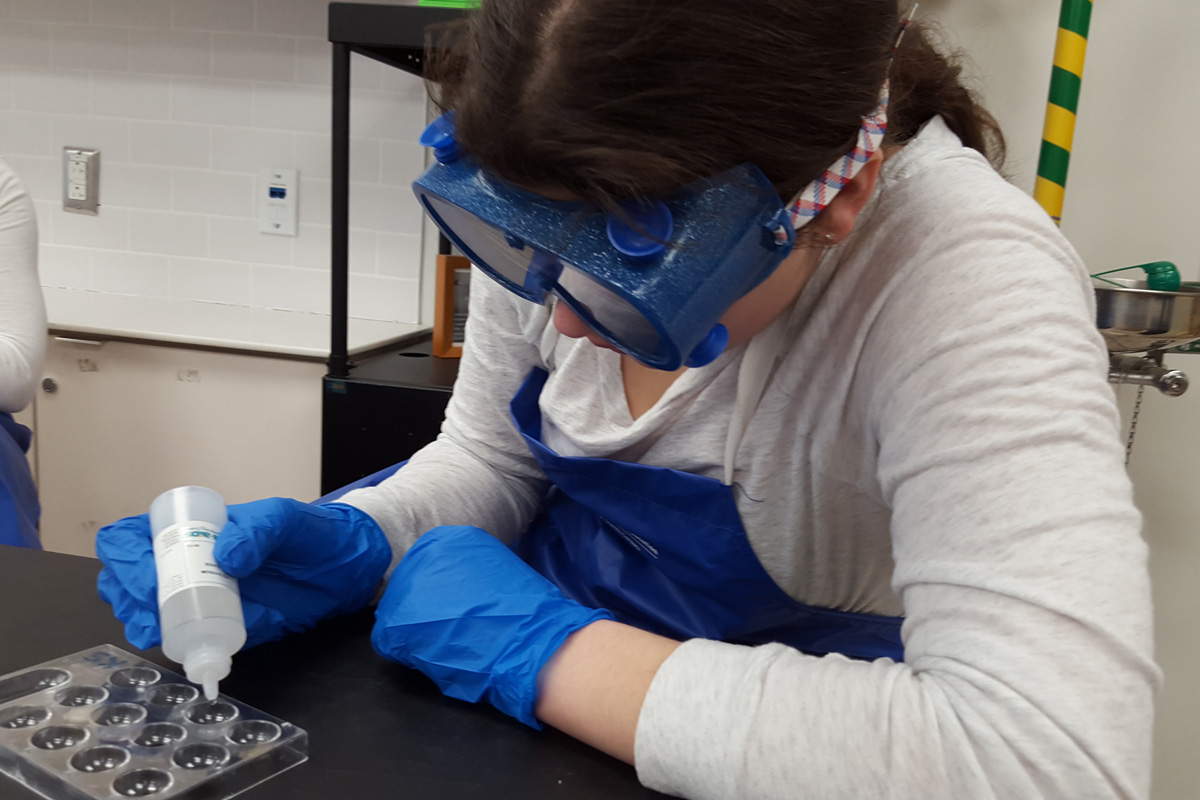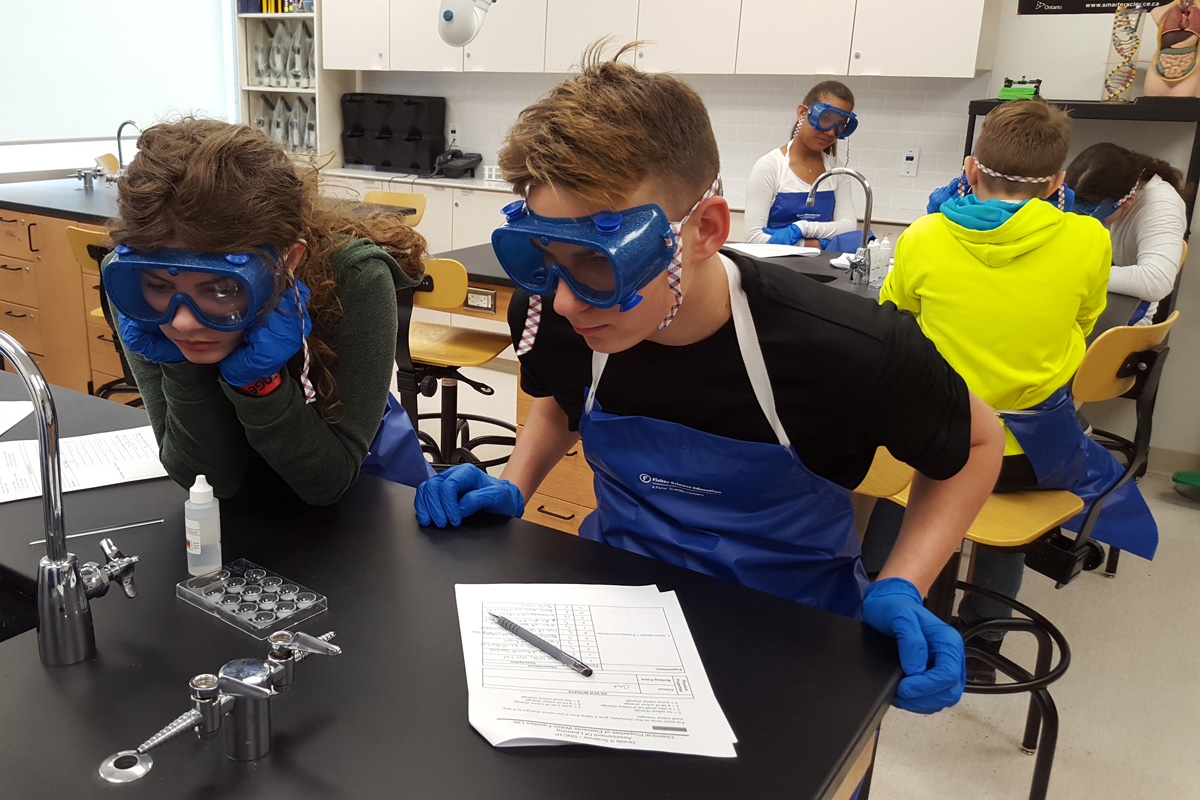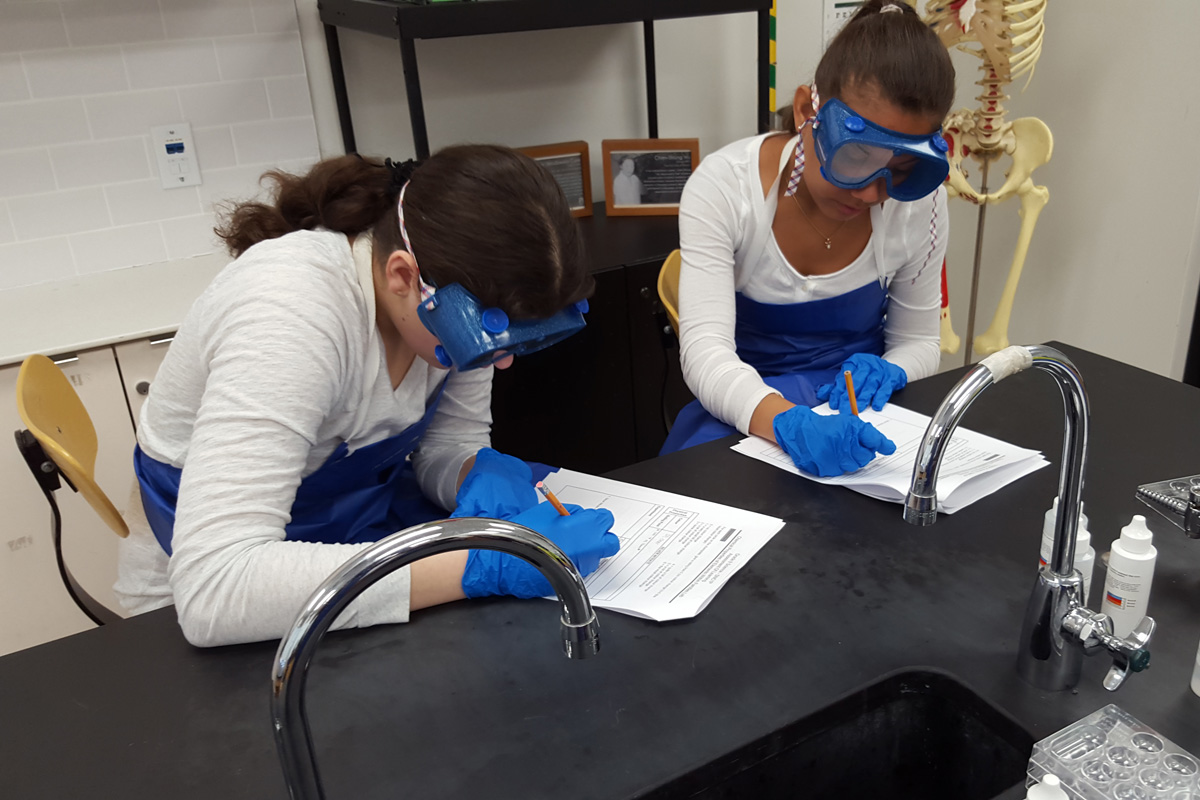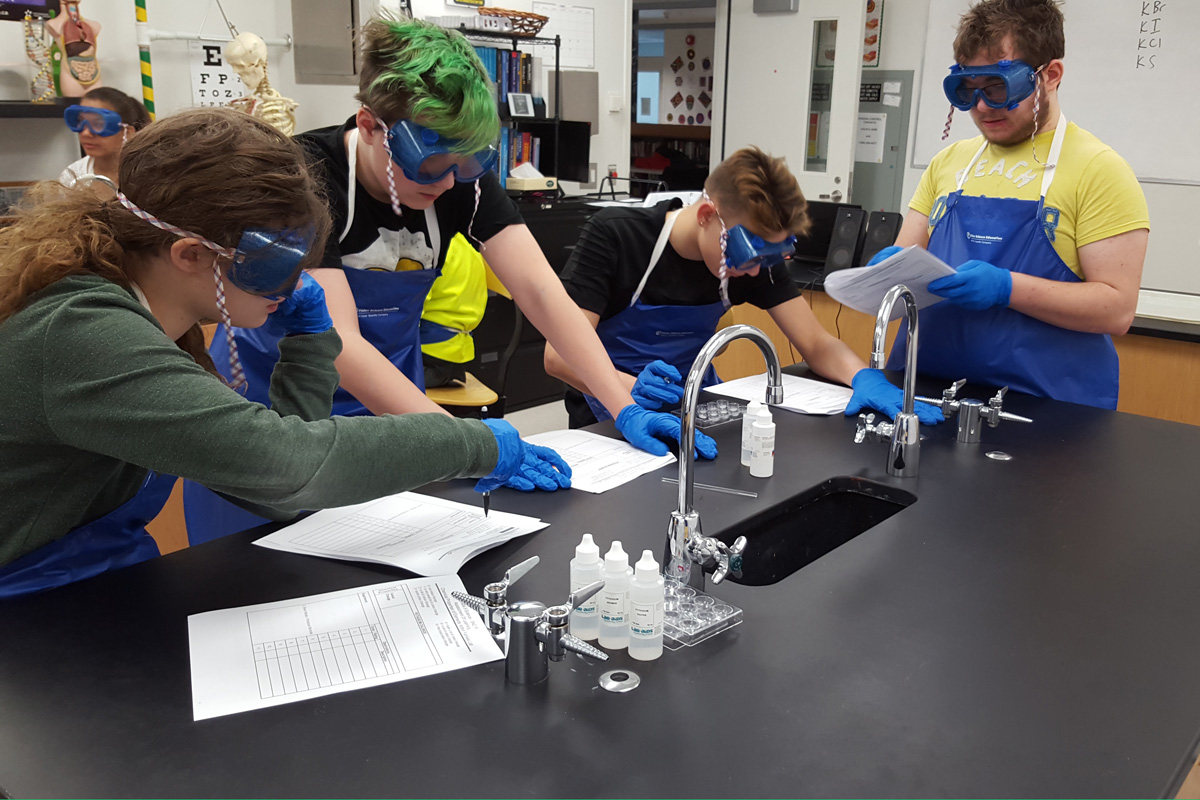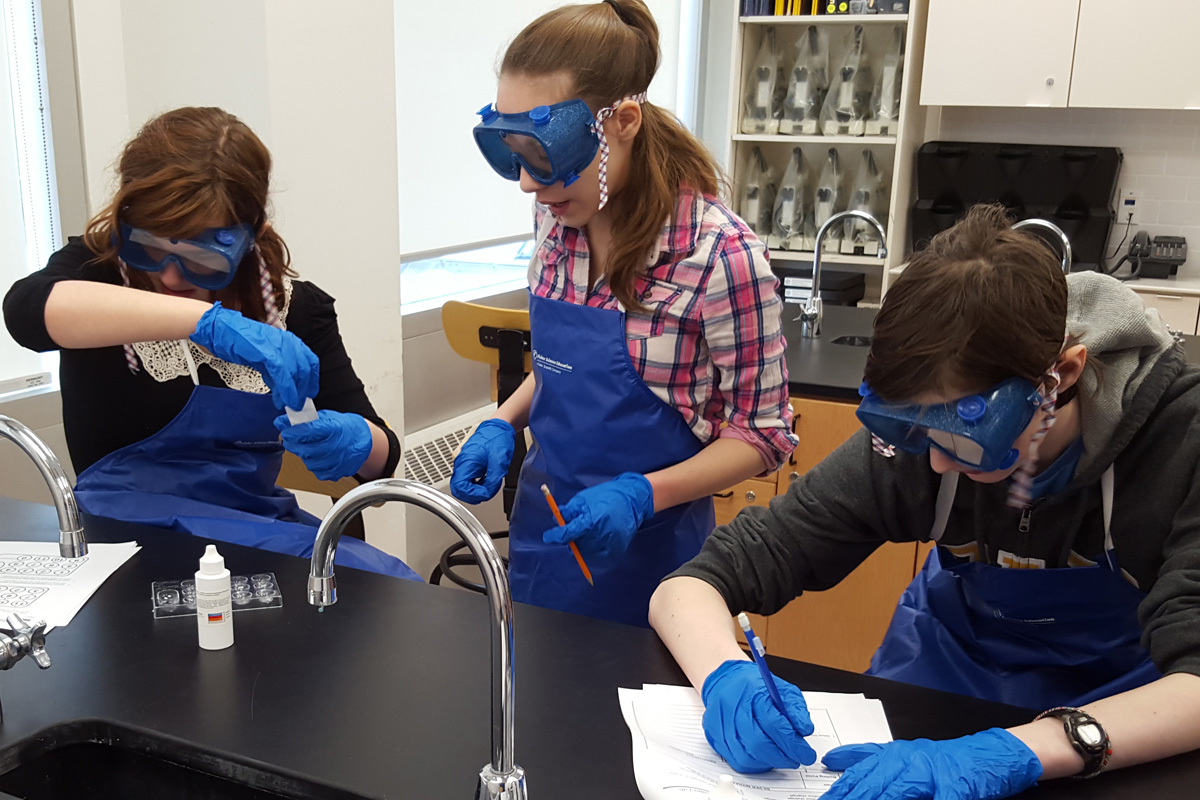As part of the Academy’s commitment to environmental stewardship, the entire school participated in the Great Canadian Shoreline Cleanup on Friday, September 23. We revisited a section of the Don River that we had cleaned up three years ago: the Don River shoreline between Pottery Road and Beechwood Drive.
The Shoreline Cleanup is a nationwide event. Our school joined over 50,000 other Canadians who participate in the event annually. As part of the cleanup we had to categorize and tally all items collected. We collected and itemized over 45 pounds of garbage and recycling that afternoon! The data we collected is added to a national research database that is used to assist with environmental assessments nationwide.
While on site, students also learned some history about the Don River and the importance of the river to the city of Toronto. Students were surprised to hear that the river, to which Chinook salmon have now returned, was once so polluted that it caught fire – not once, but twice! And many students commented that they did not know that such a “natural place” existed in downtown Toronto.
A special thank you to Brandon’s History classes for taking the lead on being our “data recording experts.”
Check out more photos from this event on our Facebook page!

